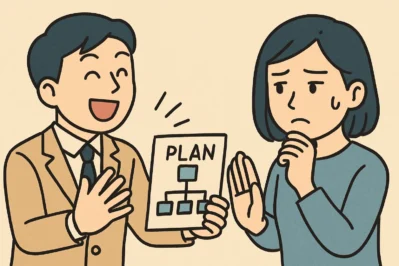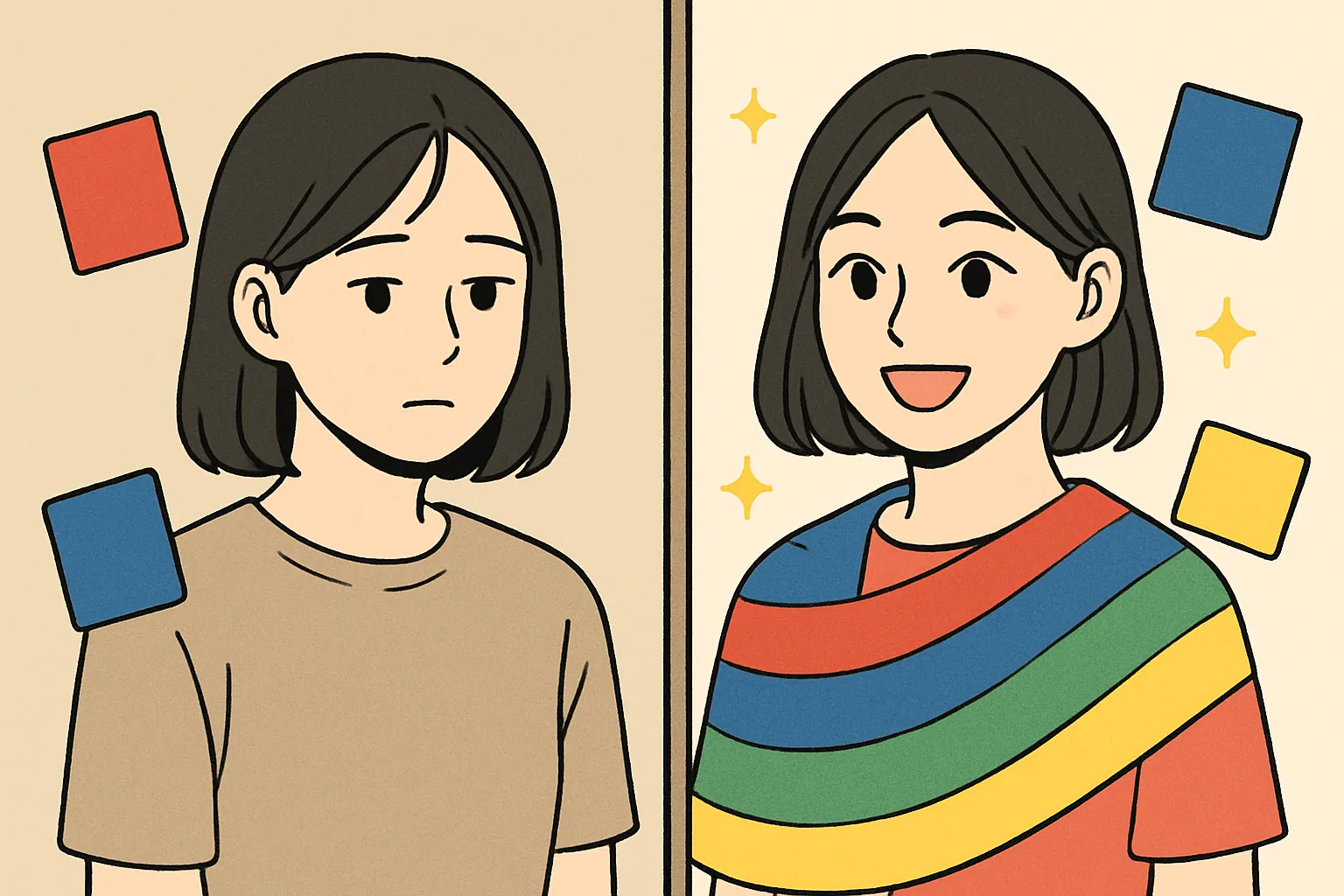Beyond ‘Aniyo’: Master Awkward Korean Talks
Hello! Welcome to Maeil Hangul, here to upgrade your Korean skills!
Ever been in a situation where you disagree with a friend but don’t want to start an argument? Or maybe a coworker suggests an idea you’re not keen on? Today, we’re diving into the subtle art of handling negative or awkward conversations in Korean.
Lately in Korea, whether you’re watching a K-drama or a variety show, you’ll notice a huge emphasis on maintaining a good atmosphere. People are masters of “reading the room” (nunchi) and use clever phrases to disagree politely without making things awkward. Forget a blunt “No” (아니요); we’re going to learn how to navigate conversations like a true communication pro!
Core Expressions for Smooth Conversations
Here are three essential phrases that will help you handle tricky situations with grace.
1. 글쎄요 (Geulsseyo)
- Pronunciation: [Geul-sse-yo]
- English Meaning: “Well…” / “I’m not so sure…” / “Let me see…”
- Detailed Explanation: This is your ultimate soft-disagreement tool. It’s not a “no,” but it signals hesitation and gives you a moment to think. Using 글쎄요 before stating your opinion makes you sound thoughtful and less confrontational. It’s incredibly versatile and can be used with friends, colleagues, and elders.
2. 그건 좀… (Geugeon jom…)
- Pronunciation: [Geu-geon jom…]
- English Meaning: “That’s a bit…”
- Detailed Explanation: This is a classic example of a strategically unfinished sentence. By saying “That’s a bit…” and trailing off, you imply that the idea is a bit problematic, difficult, or uncomfortable without having to state it directly. The listener will understand your hesitation from the context. It’s a very polite and indirect way to express reservation.
3. 제 생각은 좀 달라요 (Je saenggageun jom dallayo)
- Pronunciation: [Je saeng-gak-eun jom dal-la-yo]
- English Meaning: “My opinion is a little different.”
- Detailed Explanation: This is a more direct, yet still very polite, way to state your disagreement. It’s perfect for work meetings or more formal discussions where you need to clearly express an alternative viewpoint without being aggressive. It acknowledges the other person’s opinion while respectfully presenting your own.
Example Dialogue
Let’s see how these expressions work in a real conversation. Imagine two friends, Minjun (A) and Sora (B), talking about the finale of a super popular K-drama, “Crown of Tears.”
A (민준): The “Crown of Tears” finale was so disappointing. I can’t believe the writer ended it like that.
“눈물의 왕관” 마지막 회 너무 실망스러웠어. 작가님이 어떻게 그렇게 끝내지?
B (소라): 글쎄요… 나는 엔딩이 꽤 여운 있고 좋았는데.
Geulsseyo… I actually thought the ending was quite touching and memorable.
A (민준): Really? They should have just given everyone a simple happy ending. That’s what fans wanted.
정말? 그냥 모두에게 단순한 해피엔딩을 줬어야지. 팬들이 원한 건 그거잖아.
B (소라): 그건 좀… 너무 뻔한 엔딩은 재미없지 않아? 아, 그런데 다음 주에 새로 시작하는 아이돌 서바이벌 프로그램 티저 봤어? 대박일 것 같아!
Geugeon jom… Don’t you think a predictable ending would be boring? Oh, by the way, did you see the teaser for the new idol survival show starting next week? It looks like it’s going to be a huge hit!
Notice how Sora uses 글쎄요 to softly introduce her differing view and then 그건 좀… to express doubt about Minjun’s idea. Finally, she skillfully changes the topic to avoid a prolonged disagreement!
Culture Tip & Trend Deep Dive
In Korea, maintaining group harmony (hwa, 화) is often prioritized over direct individual expression. This is where the concept of 눈치 (nunchi)—the subtle art of sensing others’ thoughts and feelings—becomes a superpower.
These phrases are your secret weapons for showing you have good nunchi. Instead of creating conflict, you build a bridge. You’ll see this constantly in Korean media. In the hit variety show “Earth Arcade,” the members are praised for their quick wits (nunchi) when they use humor and phrases like these to deflect potentially awkward questions from the production staff.
Using expressions like 글쎄요 or 그건 좀… shows that you are considerate of the other person’s feelings. It tells them, “I hear you, but let’s consider this from another angle,” which is a much more effective communication strategy in many Korean social and professional settings.
Let’s Wrap It Up & Practice!
Today we learned how to move beyond a simple “no” and handle disagreements with nuance and skill.
* 글쎄요 (Geulsseyo) for gentle hesitation.
* 그건 좀… (Geugeon jom…) to politely signal a problem.
* 제 생각은 좀 달라요 (Je saenggageun jom dallayo) to formally state a different opinion.
Now it’s your turn to practice!
- Fill in the blank: Your friend suggests going hiking on a very hot day. You want to politely refuse. You could say:
“지금 하이킹은 ______ 너무 더울 것 같아.” (Hiking right now is ______ I think it will be too hot.) -
Your Turn: Using what you learned, how would you politely tell a colleague, “My opinion is a little different,” during a meeting?
Leave your answers in the comments below! We’d love to see you try out these super useful expressions. Keep up the great work






